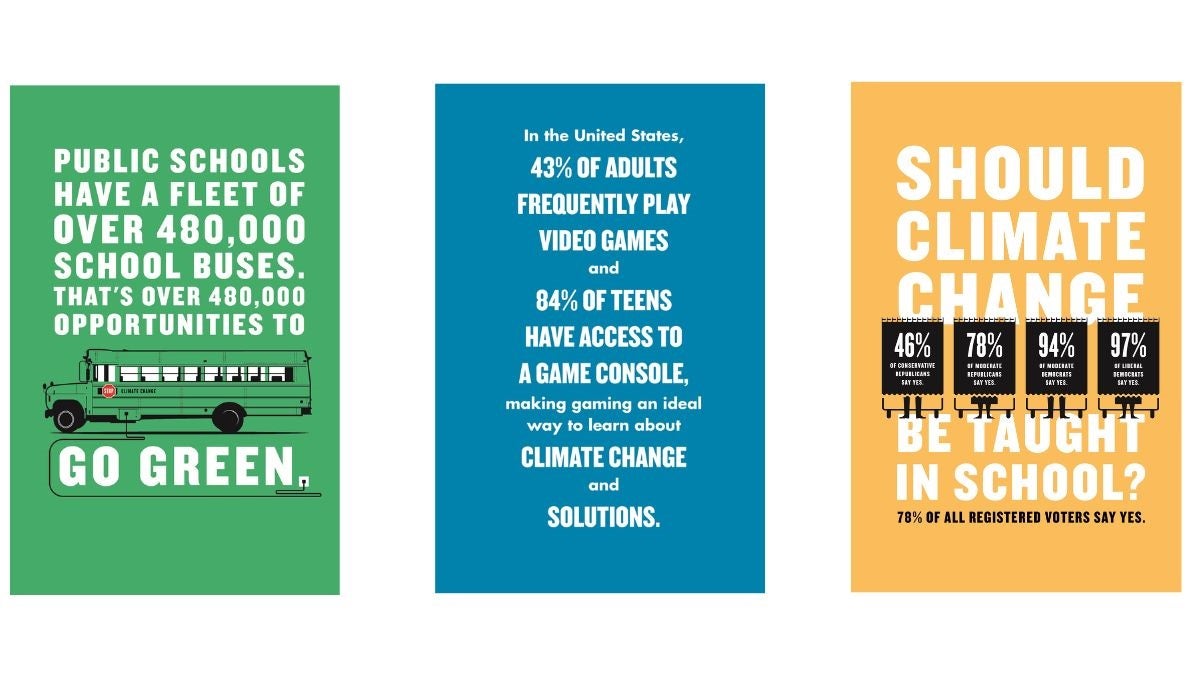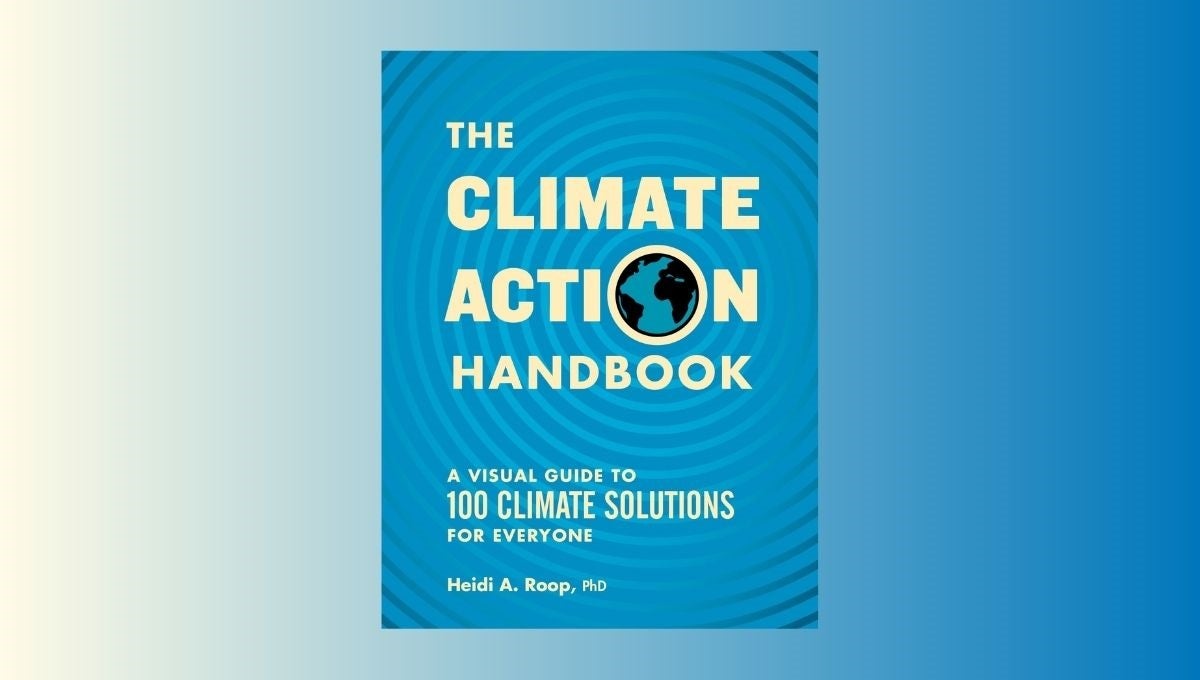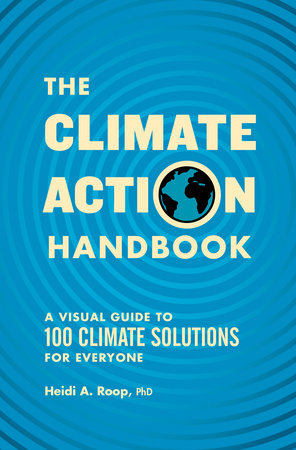We know that today’s children will bear the worst of the impacts of climate change in the years to come. We also know that millions of students across the United States are already missing classes due to natural disasters, which are only going to worsen with climate change. Building climate literacy in our young people is essential, yet polling in 2019 found that most teachers in the United States aren’t teaching it. A 2016 study found that half of US teachers spend less than two hours across the entire year teaching climate change.
This lack of climate education in the classroom does not stem from resistance from parents, with 84 percent of parents of children under 18 years of age supportive of teaching climate change, and a whopping 78 percent of registered voters (across Republicans, Democrats, and independent affiliations) reporting wanting children to be taught “the causes, consequences, and potential solutions to global warming.” Teachers also widely agree that teaching climate change is important, yet 55 percent said they’re not covering it. Why? A majority felt the topic was outside of their subject area. Other barriers include concerns about parent complaints, lack of support from districts, and lack of appropriate teaching resources and materials.
The Climate Action Handbook (Sasquatch) offers compelling visuals and ideas that parents and educators can use to engage tweens and teens, such as this:
R O L E – P L A Y C L I M A T E S O L U T I O N S
Having a hard time understanding how different climate actions and policies all add up? Have you ever wanted to see what it might be like to participate in United Nations climate change negotiations? You’re in luck! A role-playing exercise called the World Climate Simulation offers a chance to explore the ifs and thens of different national and regional greenhouse gas emissions reduction pledges. Climate Interactive, the organization behind the game, also offers other simulations that allow you to look at the impact of different climate solutions, from deployment of new technologies to different agricultural practices, like changing crops and livestock production.Not interested in a group activity? The computer simulator used for World Climate Simulation—called C-ROADS—can also be used by individuals. Climate Interactive and its partners also offer regular training and workshops, which include opportunities to engage in virtual simulations. If you get really into it, you can even become a facilitator and host your own local climate workshops. These simulations have been used in a range of contexts, from classrooms to the US Congress!
If role-playing and simulations aren’t your speed, climate-related board games, video games, and other entertaining platforms allow you to try your hand at climate policy and learn about different climate change impacts. The National Aeronautics and Space Administration (NASA) even has a program—called Climate Kids—which includes online games on topics like coral bleaching and ocean currents. Given that 43 percent of US adults frequently play video games, and that 84 percent of teens in the United States have access to a game console, gaming offers a great
opportunity to weave climate education and content into widely used platforms.Will a game or two be a game changer for informing and inspiring your climate work?








